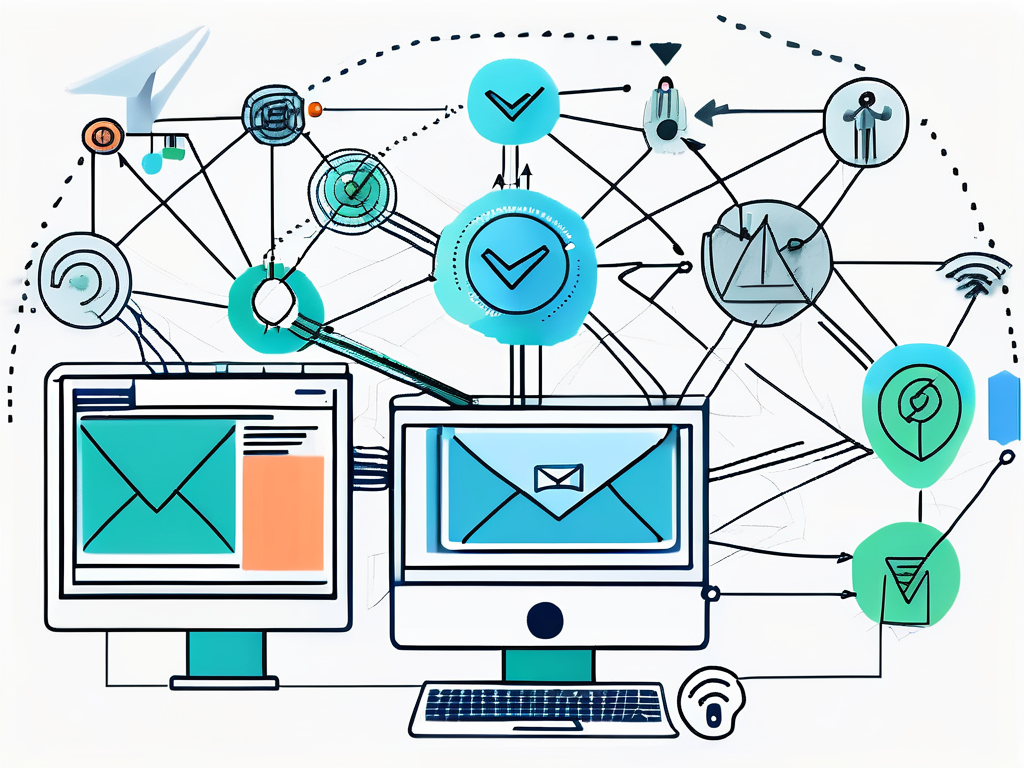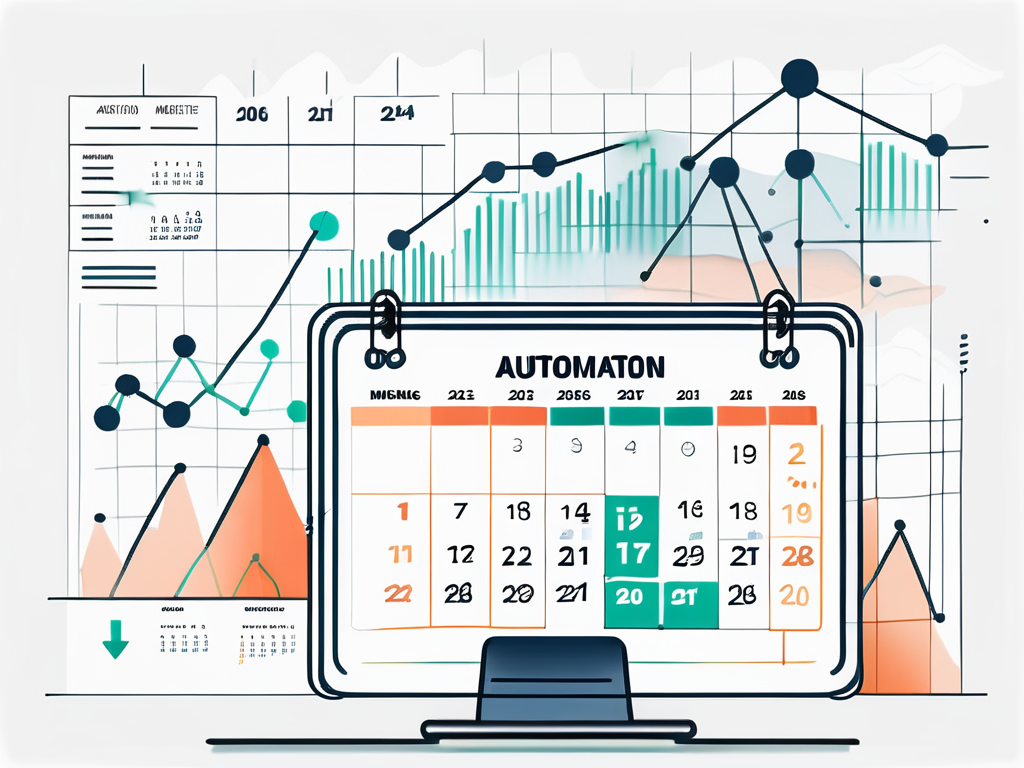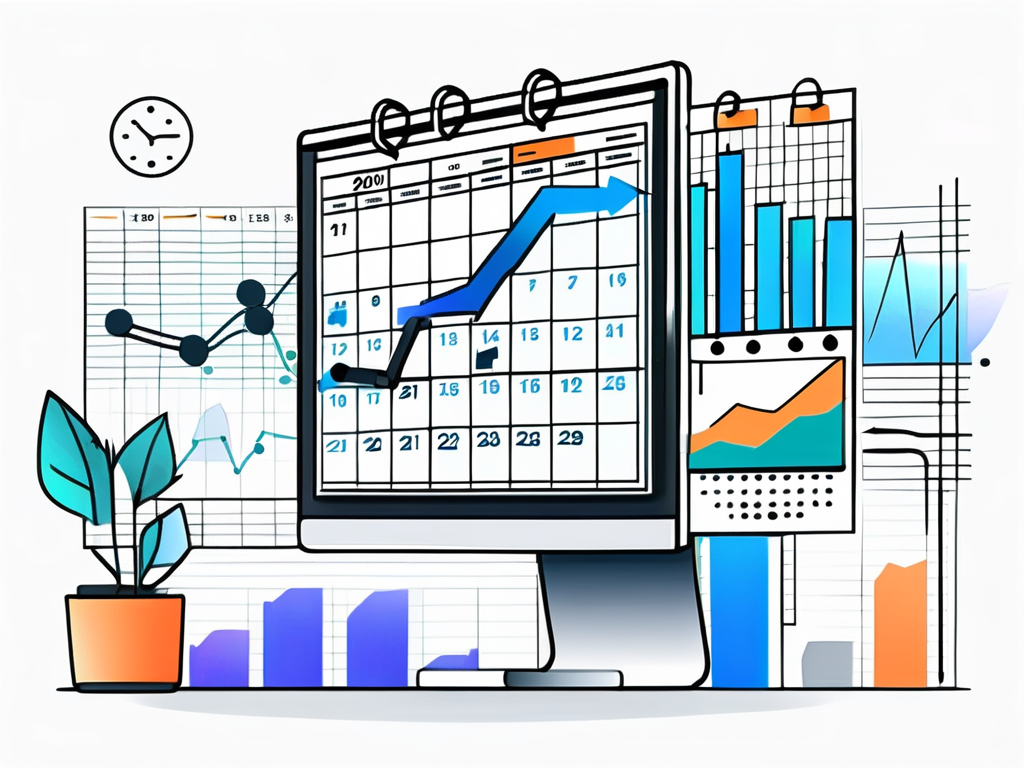Marketing teams today are faced with the challenge of processing and analyzing large amounts of data to drive effective decision-making. Manual reporting can be time-consuming and prone to errors, which is why many marketers are turning to automation to streamline their reporting processes. In this article, we will explore the importance of automation in marketing, the benefits it offers, various marketing automation tools, steps to automate your reports, how to maintain and improve your automated reports, and how to overcome common challenges in marketing automation.
Understanding the Importance of Automation in Marketing
Automation plays a crucial role in modern marketing by enabling teams to optimize their time, improve efficiency, and focus on strategic initiatives. By automating repetitive tasks such as report generation, marketers can devote more time and resources to analyzing data and making data-driven decisions.
The Role of Automation in Modern Marketing
Automation has become a key component of successful marketing strategies. It allows marketers to collect data from various sources, consolidate it into a single platform, and generate reports automatically. By automating this process, marketing teams can obtain real-time insights, track key metrics, and make data-driven decisions promptly.
Benefits of Automating Marketing Reports
Automating marketing reports offers numerous benefits for organizations. First and foremost, it saves time and reduces the possibility of human errors. By eliminating tedious manual tasks, marketers can allocate their time and energy to analyzing and interpreting the data. Automation also enhances data accuracy, ensuring that reports are consistent and reliable. Moreover, automated reporting enables marketing teams to take timely actions based on real-time insights, leading to improved campaign performance and ROI.
Exploring Different Marketing Automation Tools
When it comes to automating marketing reports, there are several tools available in the market. Choosing the right automation tool depends on various factors.

Criteria for Choosing the Right Automation Tool
Before selecting an automation tool, it is crucial to consider factors such as ease of use, integration capabilities, customization options, scalability, and pricing. Assessing these criteria will help identify the tool that aligns best with your organization’s requirements and goals.
Overview of Popular Marketing Automation Tools
There are several popular marketing automation tools that cater to different needs and budgets. Tools like HubSpot, Marketo, and Pardot offer comprehensive automation solutions that encompass various aspects of marketing, including reporting. These tools provide intuitive interfaces, robust analytics capabilities, and seamless integrations with other marketing platforms.
Steps to Automate Your Marketing Reports
Automating your marketing reports involves a systematic approach that ensures accurate and timely data analysis.

Identifying Key Marketing Metrics
Prior to automation, it is essential to identify the key marketing metrics that align with your business goals. These metrics may include website traffic, conversions, click-through rates, customer acquisition costs, and return on investment. By focusing on the most relevant metrics, you can generate reports that provide actionable insights.
Setting Up Your Automation Process
Once you have identified the key metrics, it is time to set up your automation process. This involves integrating your marketing platforms and tools with an automation tool of your choice. Connect the data sources, set up data extraction processes, and configure the metrics you want to track. This initial setup will lay the foundation for your automated reporting system.
Maintaining and Improving Your Automated Reports
Automated reports require regular review and adjustment to ensure accuracy and relevance.

Regular Review and Adjustment of Automation Settings
Marketing data and goals change over time, so it is important to regularly review and adjust your automation settings. Make sure the metrics you are tracking are still aligned with your business objectives. Additionally, keep an eye on any changes in your marketing platforms or data sources that may affect the accuracy of your reports. Regularly reviewing and adjusting your automation settings will help maintain the quality and relevance of your reports.
Incorporating Feedback into Your Automation Process
Feedback from stakeholders and team members is valuable for improving your automated reports. Actively seek input from stakeholders, including clients, management, and fellow marketers, to understand their needs and expectations. Incorporate their feedback into your automation process to ensure that the reports you generate provide the insights they require.
Overcoming Common Challenges in Marketing Automation
While marketing automation can greatly benefit organizations, it is not without its challenges. Understanding and addressing these challenges is key to successful implementation.
Dealing with Data Accuracy Issues
Data accuracy is paramount in automated reporting. Ensure that the data sources you are relying on are properly integrated and synchronized. Regularly validate the accuracy of the data against reliable sources. Implement data cleansing and validation processes to minimize errors and inconsistencies. By paying attention to data accuracy, you can maintain the integrity of your automated reports.
Ensuring Compliance in Automated Reporting
When automating marketing reports, it is essential to consider data privacy and compliance regulations. Understand the legal requirements and industry standards that govern data handling and reporting. Implement security measures to protect sensitive data and ensure compliance with regulatory frameworks such as GDPR or CCPA. By prioritizing compliance, you can build trust with your customers and maintain the integrity of your automated reports.
Frequently Asked Questions
1. What are the advantages of automating marketing reports?
Automating marketing reports offers numerous benefits including time savings, improved accuracy, real-time insights, and data-driven decision-making.
2. Which marketing automation tools are recommended for small businesses?
For small businesses, marketing automation tools like Mailchimp and ActiveCampaign offer cost-effective solutions with a range of automation and reporting capabilities.
3. How often should automated reports be reviewed?
It is advisable to review automated reports on a regular basis, typically once a month, to ensure data accuracy, relevance, and alignment with evolving business goals.
4. Can marketing automation completely replace manual reporting?
While marketing automation can greatly streamline reporting processes, human involvement is still crucial for interpreting data, making strategic decisions, and adapting to changing market dynamics.
5. How can I ensure the security of automated reporting data?
To ensure the security of automated reporting data, implement robust security measures such as encryption, access controls, and regular backups. Regularly update security protocols to stay ahead of potential threats.
In conclusion, automating reporting in marketing is a valuable strategy for optimizing time, improving accuracy, and driving data-driven decision-making. By understanding the importance of automation, exploring different tools, following a systematic approach, and addressing common challenges, marketers can leverage automated reports to gain valuable insights and make informed decisions that contribute to the success of their marketing campaigns.
If you’re ready to harness the power of automation to elevate your marketing reporting, JP is here to guide you through the digital transformation. Jonathan Prescott, with his extensive expertise in data and digital performance, offers tailored “Interim CDO for Hire” services to help you implement cutting-edge solutions that drive results. Contact us today to learn how we can lead your business towards a data-driven future.
